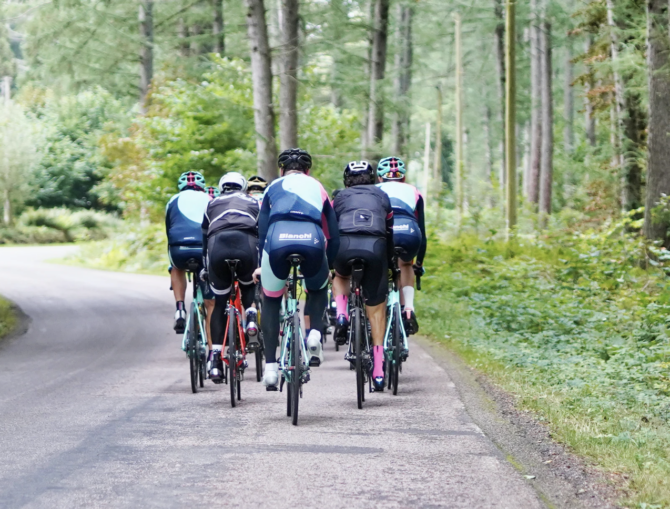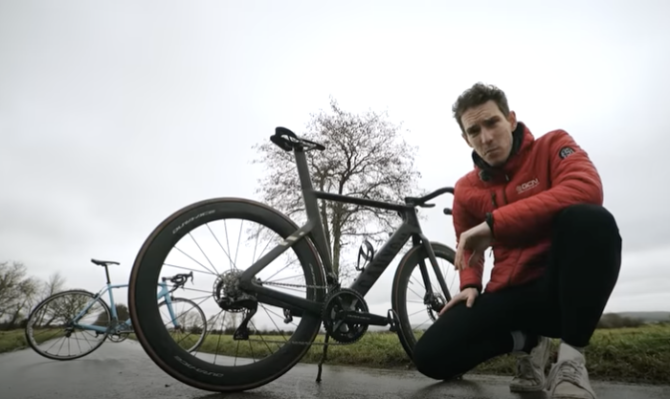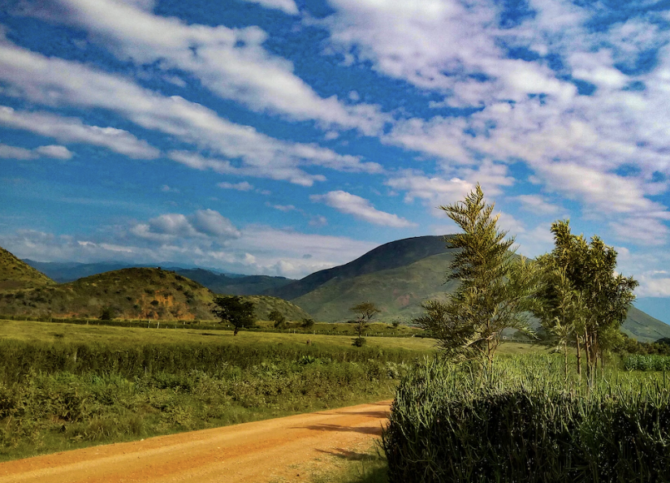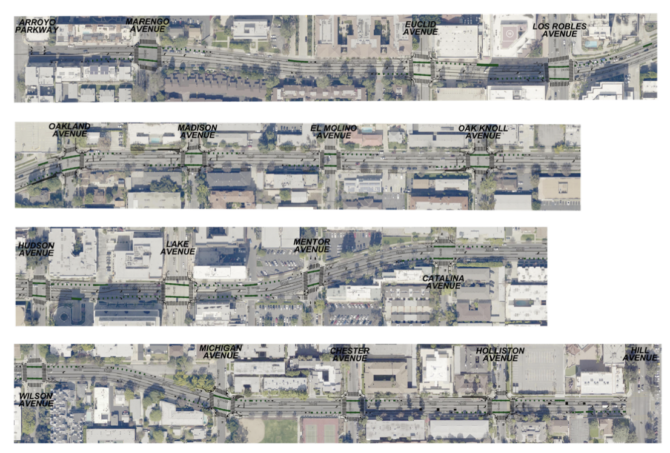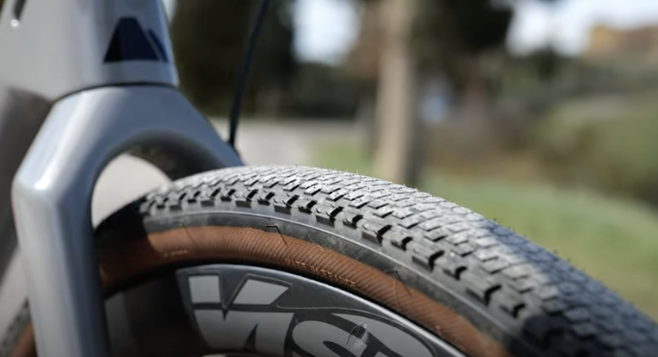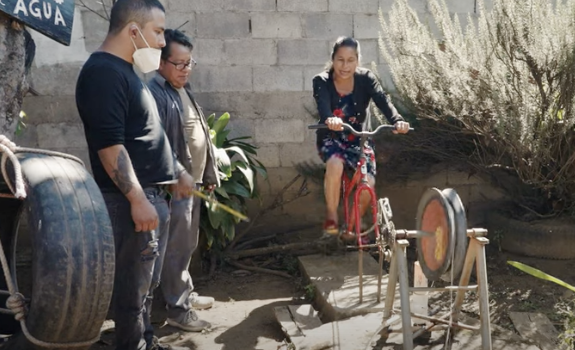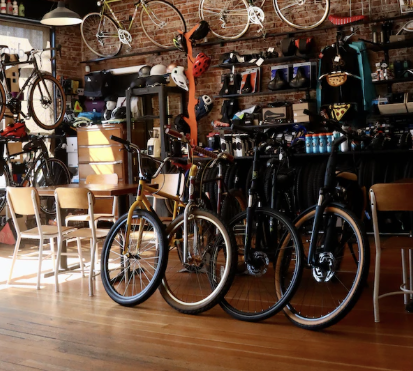From WeLoveCycling.com
By Adam Marsal
Looking for an adventure that combines breathtaking nature, extraordinary wildlife, and cultural immersion? Look no further than Uganda’s 1,580-kilometre off-road cycling trail. This unique trail stretches from the country’s southwest to the far northeast and takes you through many local tribes, each with its own language, fashion, and customs. Cycling off-road is the perfect way to get as close as possible to the jungle and its primate inhabitants, such as gorillas and chimpanzees. We’ll introduce you to one of the most exciting cycling trails in Africa.
Cyclists searching for undiscovered trails are exploring new continents every day, and one of their latest finds is Uganda’s 1,580-kilometer cycling adventure. The trail is divided into four main sections, with only 15% of it being paved. Its creators claim that it’s long but easy and safe.
Initially, the trail was tested on old-fashioned Roadmasters, the typical single-speed village bicycles commonly used in Uganda, to show that even cheap bikes are good enough to complete the route. “I can tell you straight away, it was the greatest adventure of my life,” says Alexander Bonger, a cycling pioneer of the local bike trail. Accompanied by a local guide, he travelled through the jungle, savannas of the national parks, and the desert, passing both the equator and the Nile. With red dirt roads and English-speaking locals, Uganda has everything any cyclist needs to arrange a perfect bike trip. Alexander advises mastering basic service skills since bike repair shops are becoming rare outside the capital city of Kampala.
Photo by Keith Kasaija on Unsplash
Read More

